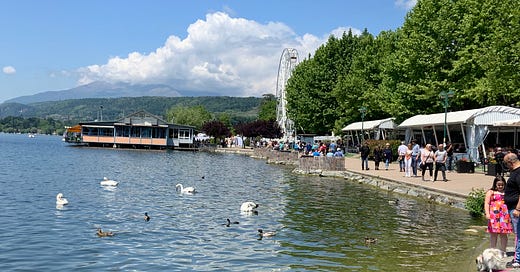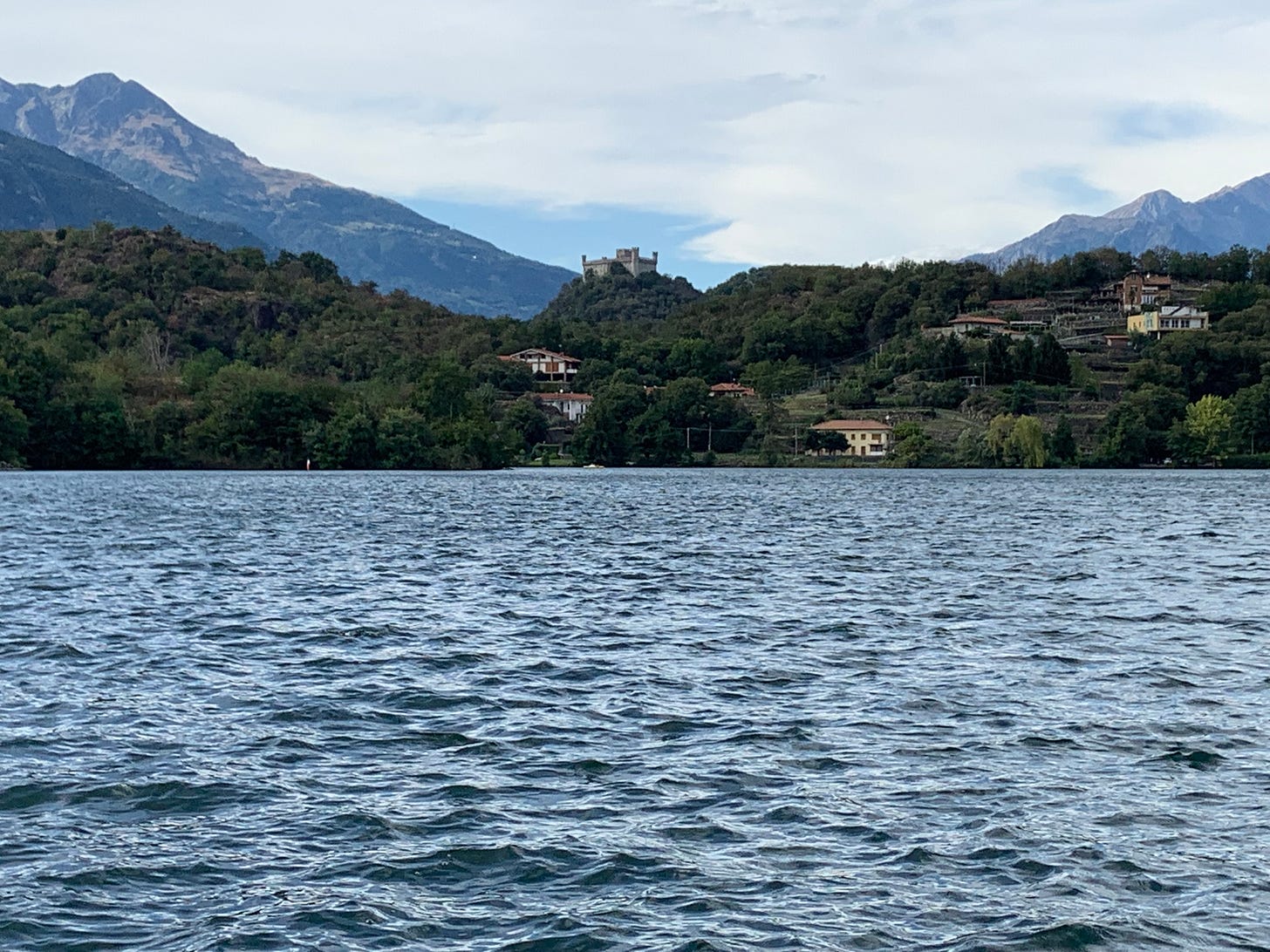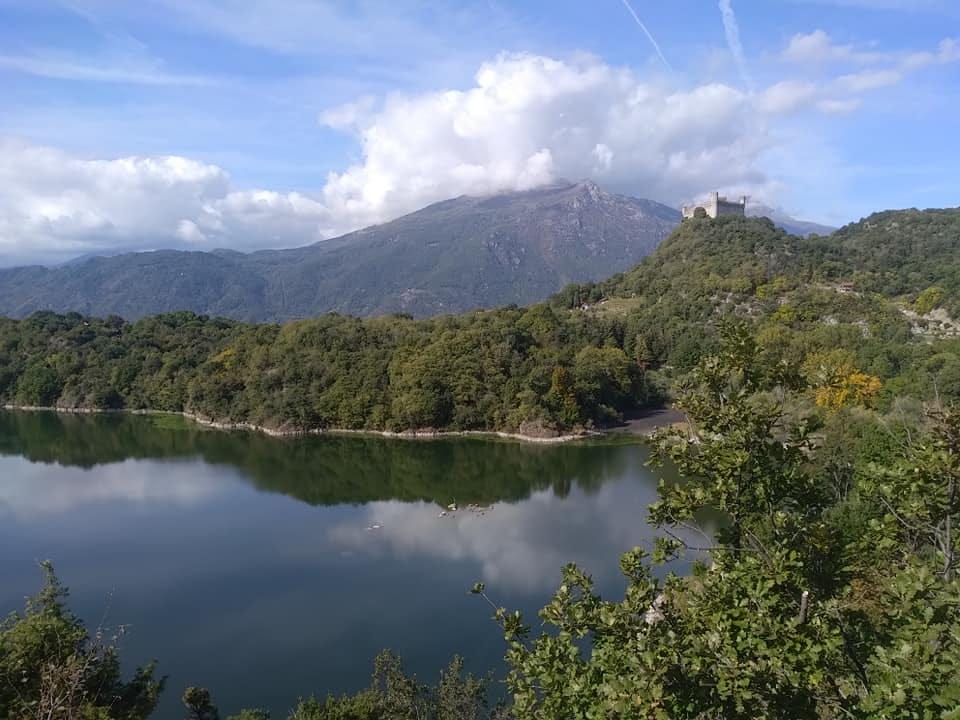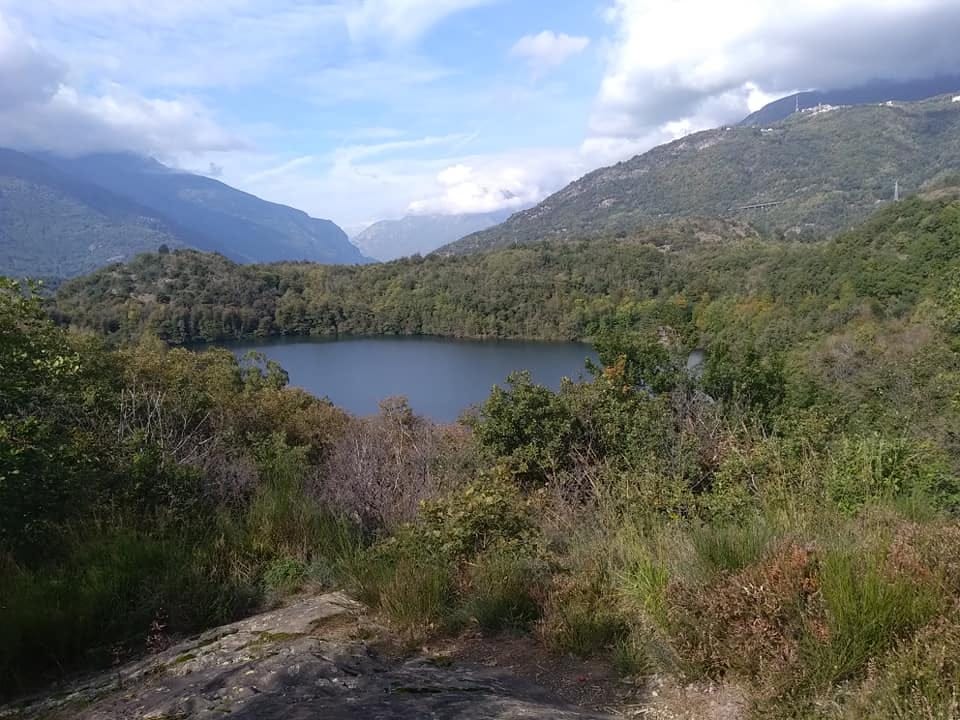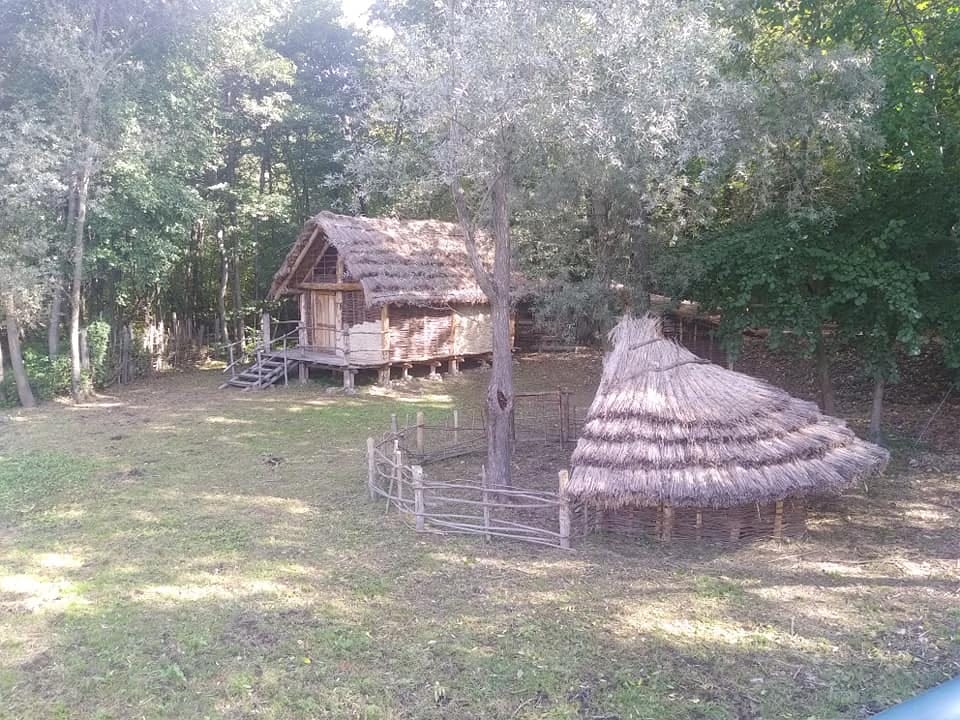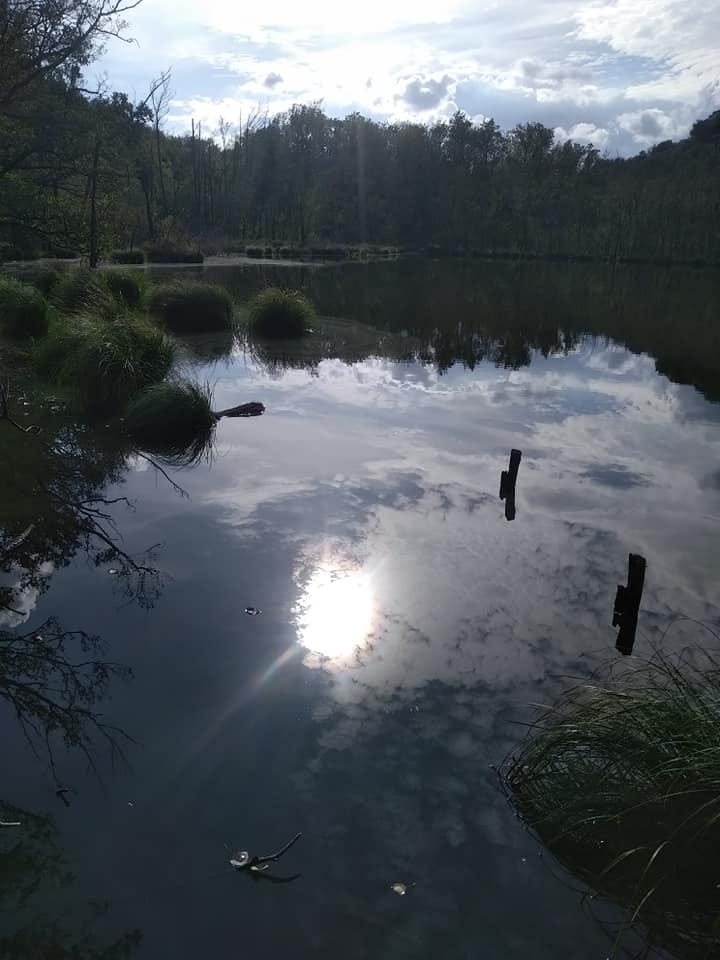Where Africa and Europe Had Once Clashed
Sunday, almost the first sunny day this year, I went with a friend to Lake Viverone and I remembered the story of this marvelous zone that not everybody knows.
The morning mist curled lazily over the water as M. stepped onto the pebbled shore of Lake Viverone, her boots crunching softly against the stones. She had heard stories of this place—of ancient glaciers, hidden springs, and villages that once stood on stilts above the water. A geologist by training but a storyteller at heart, she had come to the Ivrea Morainic Amphitheatre to see how ice and time had sculpted this land.
The Giant’s Hand: A Landscape Carved by Ice
M. traced her fingers along the smooth rocks near the shore, imagining the colossal Balteo glacier that had once loomed over this valley. Thousands of years ago, its slow, grinding advance had dragged boulders and sediment, piling them into the towering Serra di Ivrea—Europe’s largest lateral moraine. When the ice retreated, it left behind hollows that filled with water, creating a necklace of lakes.
She knew Lake Viverone was a moraine-dammed lake, its waters held back by the debris of the glacier’s passage. At nearly 70 meters deep, it was a vast, shimmering mirror, the third-largest lake entirely within Piedmont. Reeds whispered in the wind to the south, hiding traces of Bronze Age stilt houses—reminders that humans had long been drawn to these waters.
But M. was curious about its sibling, Lake Sirio, just a short drive away. Unlike Viverone, Sirio was a glacial erosion lake, carved directly into the bedrock by the glacier’s relentless scrape. She packed her notebook and set off.
The Five Lakes and the Earth’s Ancient Scars
The road wound through rolling hills, past vineyards and sleepy villages, until she reached the “Five Lakes” region near Ivrea. Here, the land bore the marks of a much older drama—the collision of continents. The Insubric Line, where the African and European tectonic plates had once clashed, ran beneath her feet. Rocks that should have been buried deep in the Earth’s crust were exposed, twisted, and folded by unimaginable forces.
Lake Sirio lay before her, smaller than Viverone but no less striking. Fed by a natural spring, its waters were clear and still, reflecting the steep slopes around it. A walking path circled the shore, and she followed it, pausing where the “Terre Ballerine” trail began—where the ground seemed to shift underfoot, a reminder of the unstable, ancient geology beneath. This is the swamp, and especially after the rains, the surface dances. People come to jump because the surface is quite solid, you can't drown, and when you pass by, you often hear how the visitors have fun, laugh, and shout there.
Whispers of the Past, Signs of the Present
M. sat by the water’s edge as evening fell, watching the first stars appear. She thought of the stilt villages of Viverone, the glacial erratics left like forgotten monuments, and the way the land here still carried the memory of ice.
But the lakes were not frozen in time. Viverone’s northern shores buzzed with cafes and swimmers, while Sirio remained quieter, a haven for hikers and birds. Some lakes, like Candia, were protected reserves; others, like Pistono, hid castles in their shadows. Each had its own story.
As she packed her things, M. smiled. She had come seeking the handiwork of glaciers, but she had found something more—a living landscape, where the Earth’s violent past met the quiet persistence of life.
And tomorrow? Perhaps she would visit Lake Pistono, and the secluded Lake Nero, hidden in its wooded embrace. But for now, the whispers of Viverone and Sirio were enough.
ARE YOU INTERESTED IN OTHER STORIES?
You can find my books here: https://bit.ly/MysteryinLife

